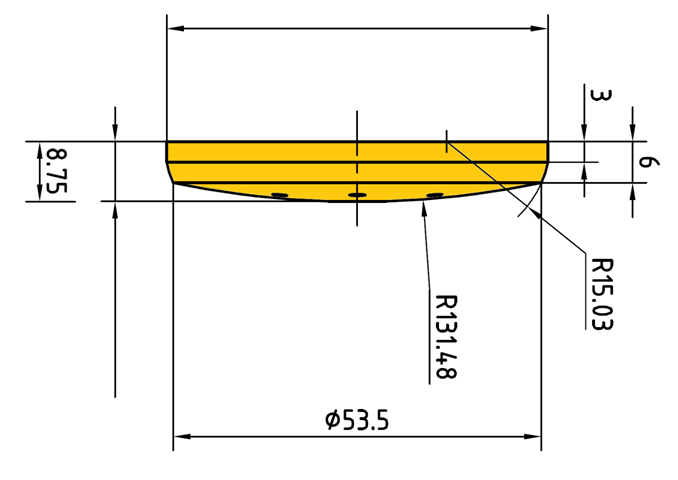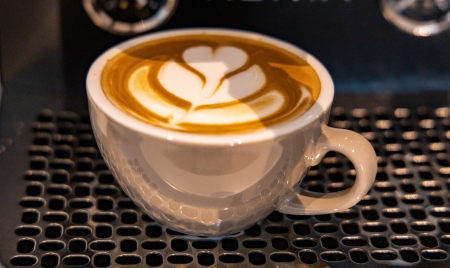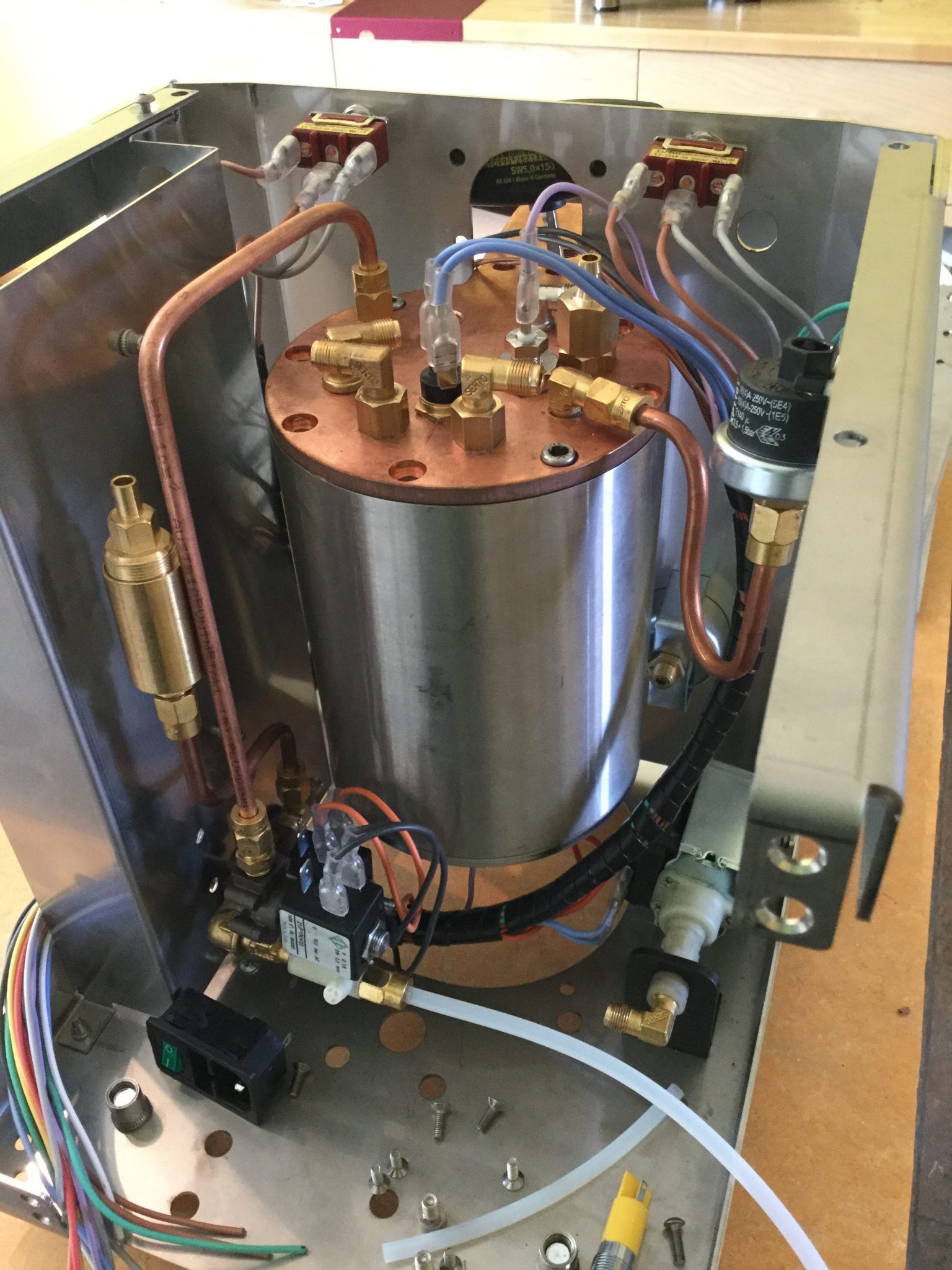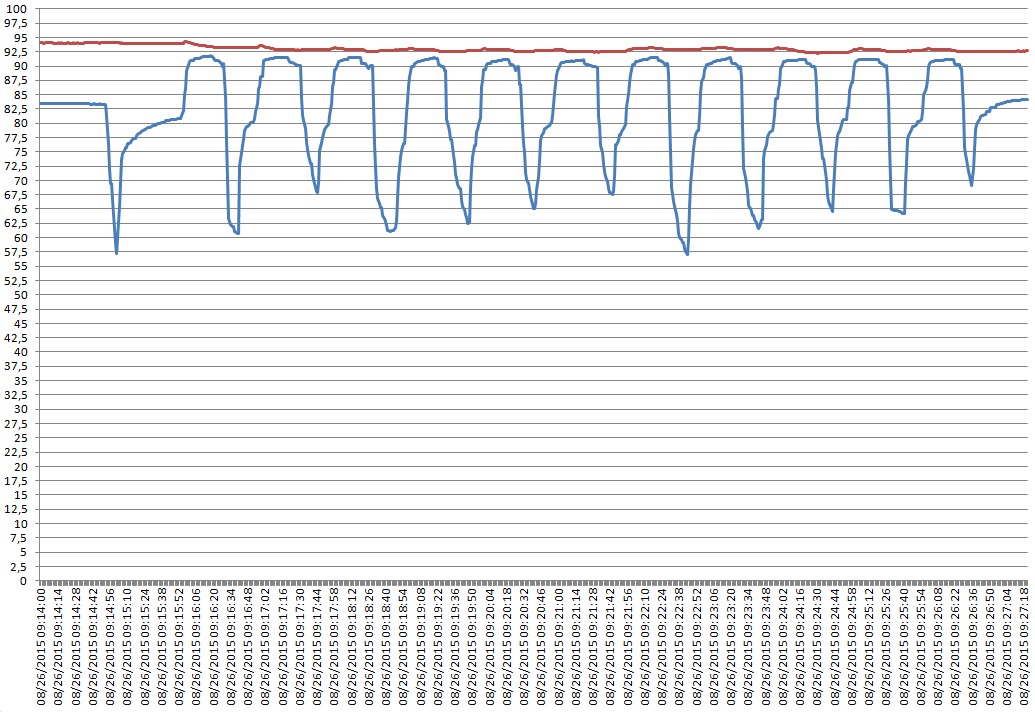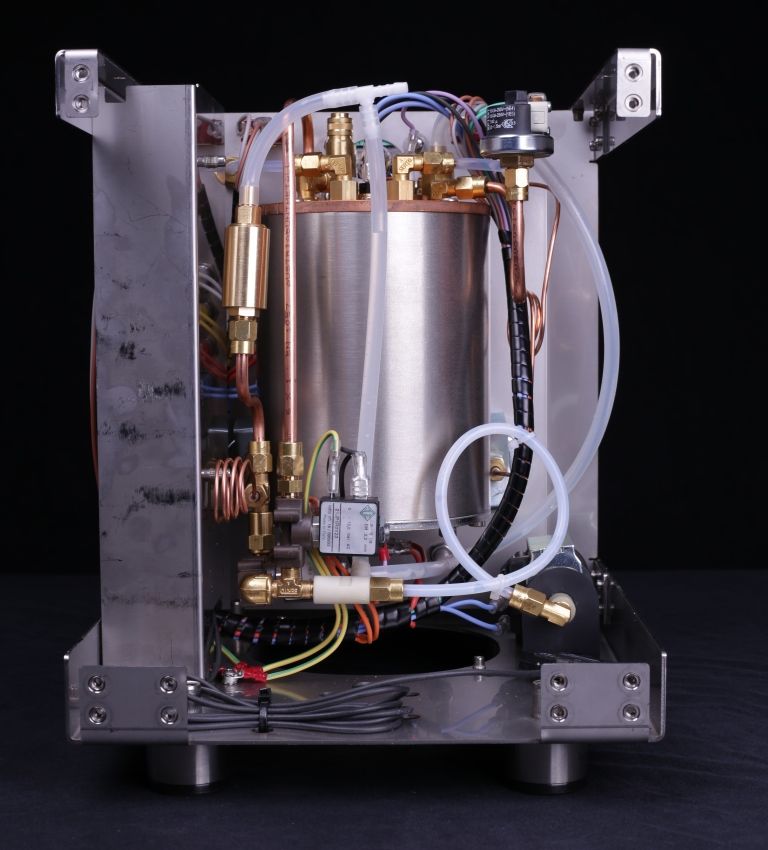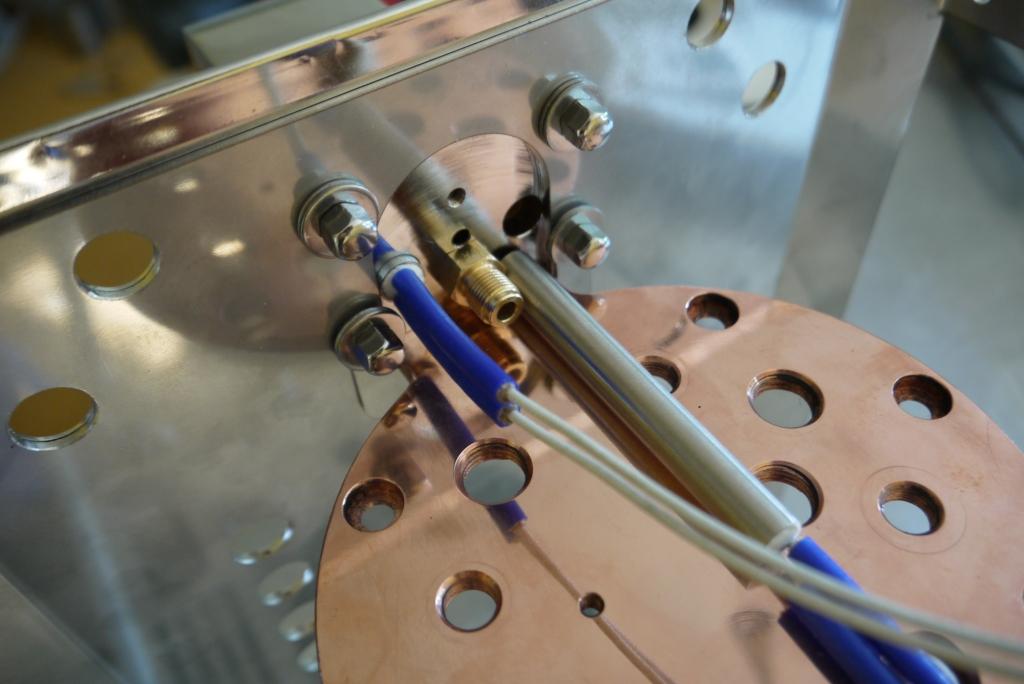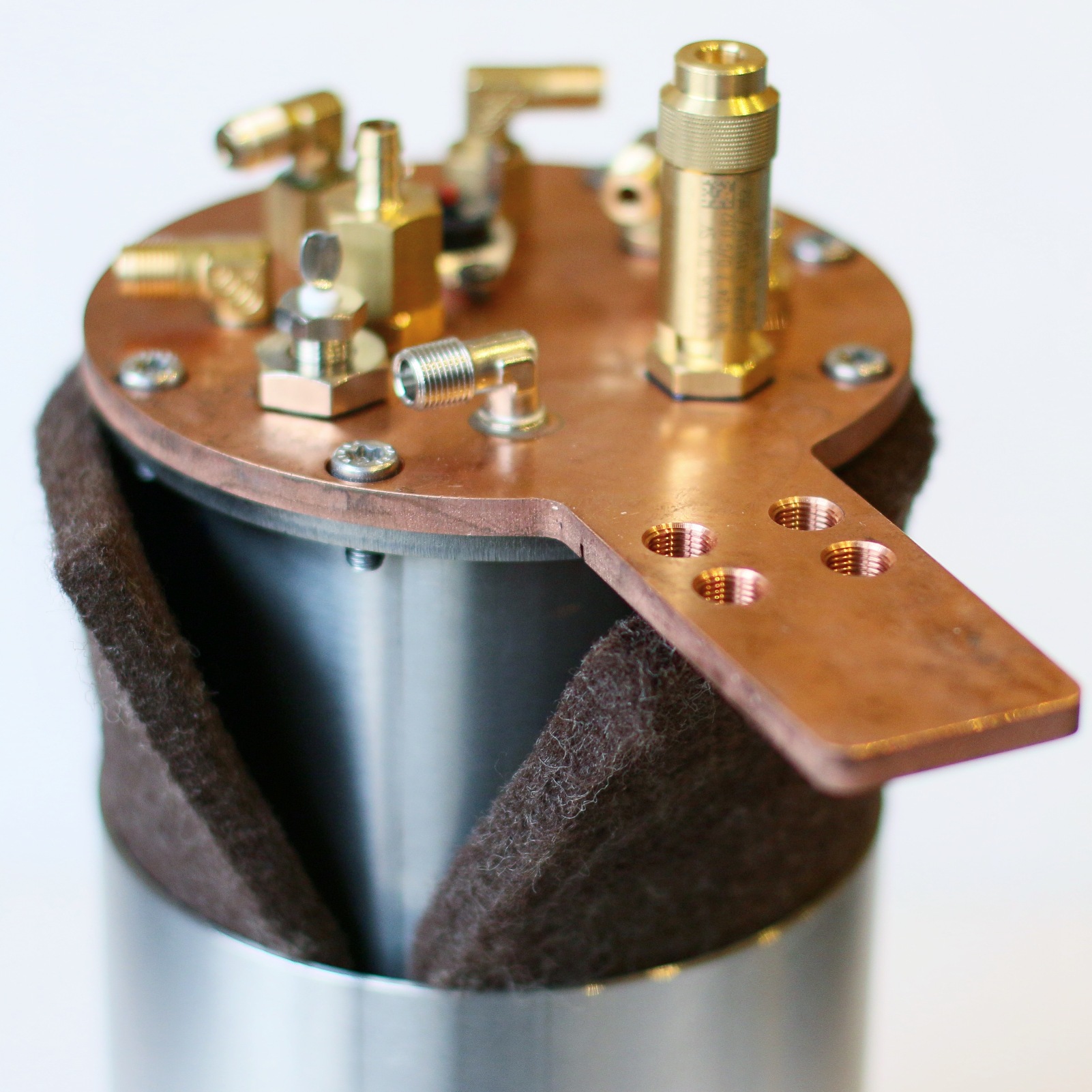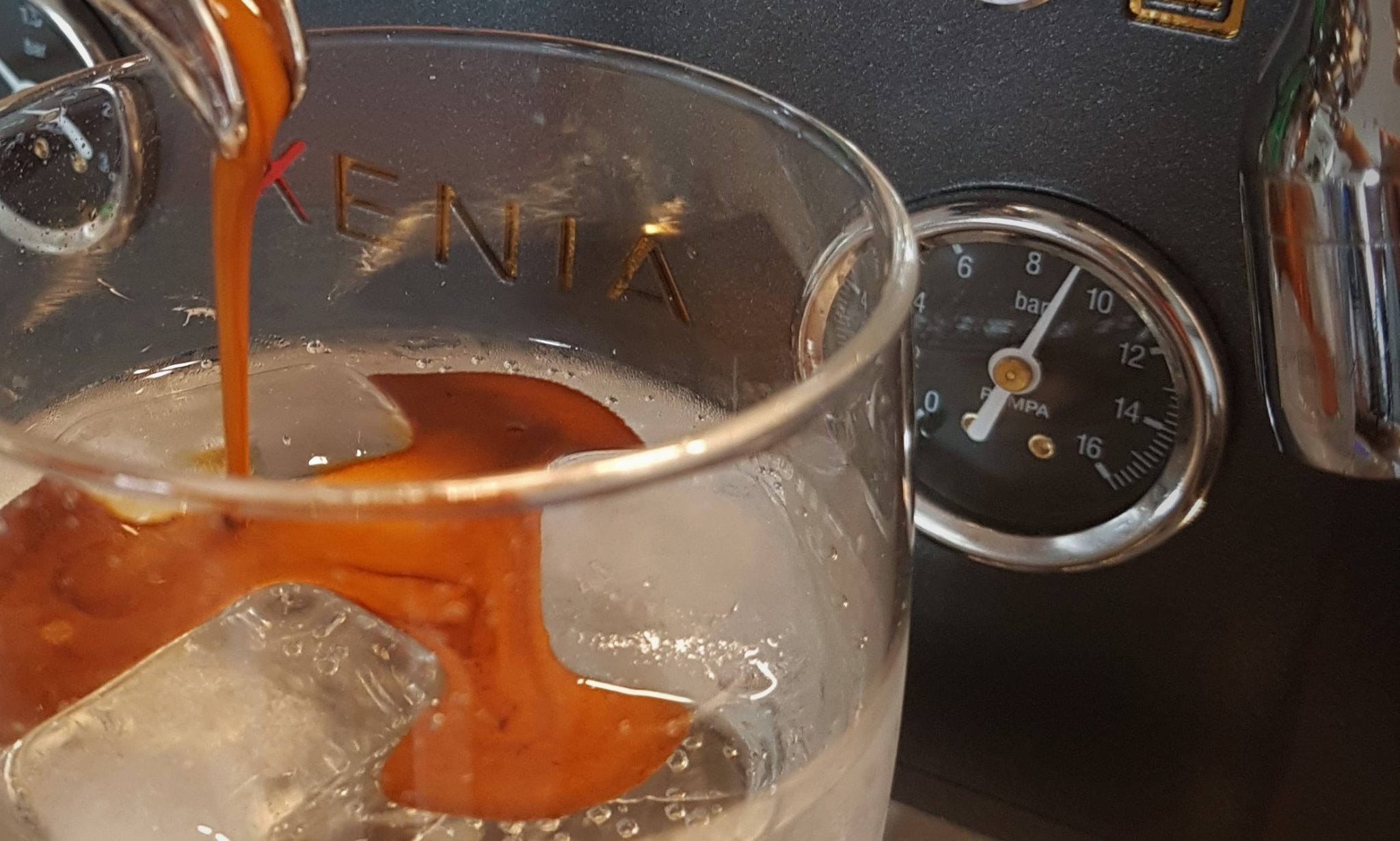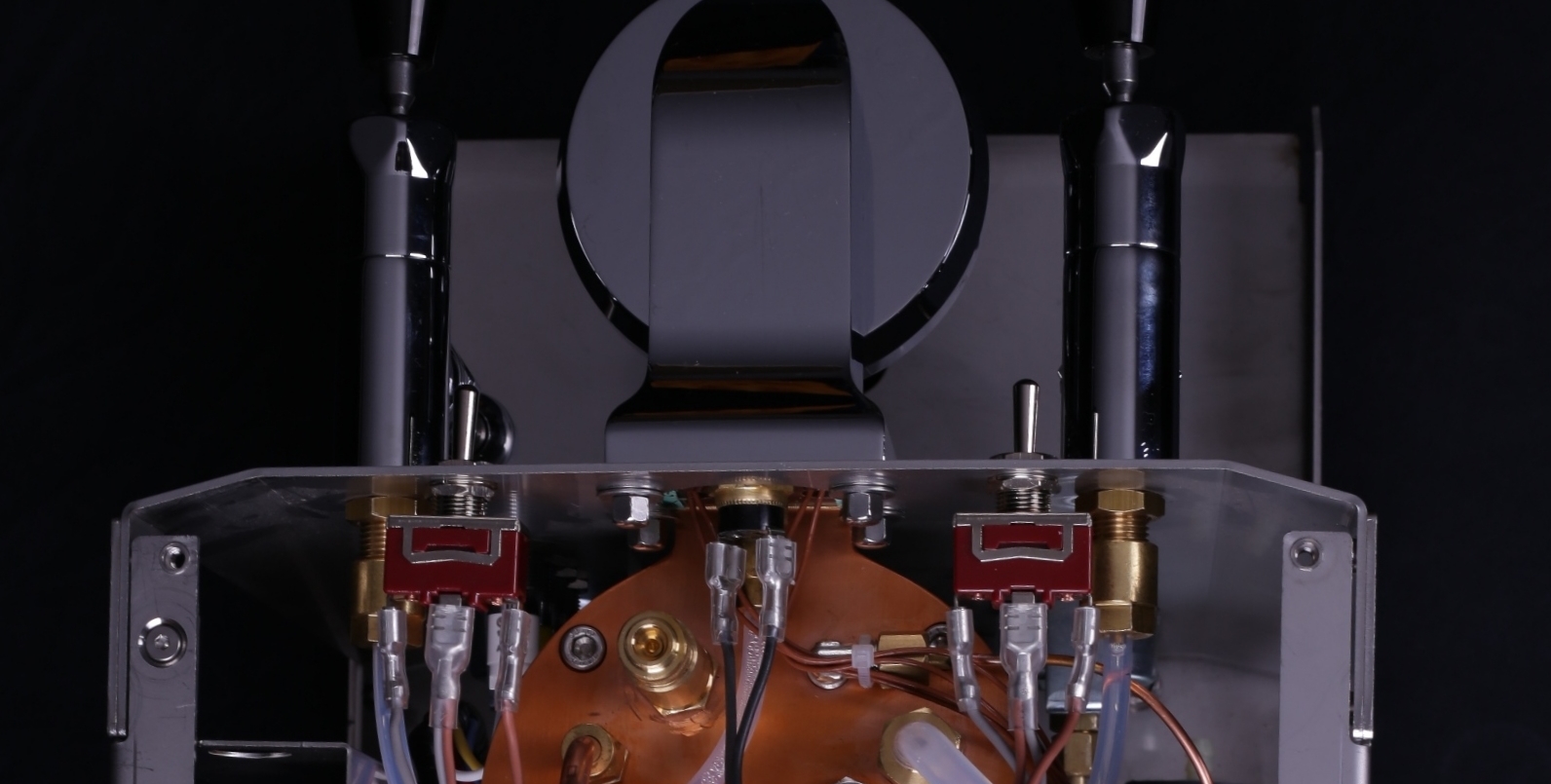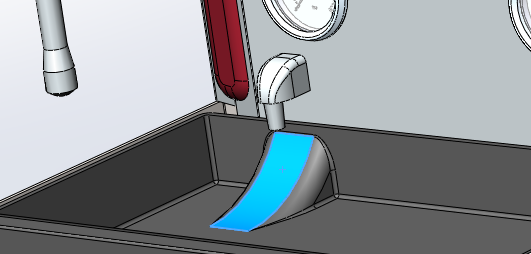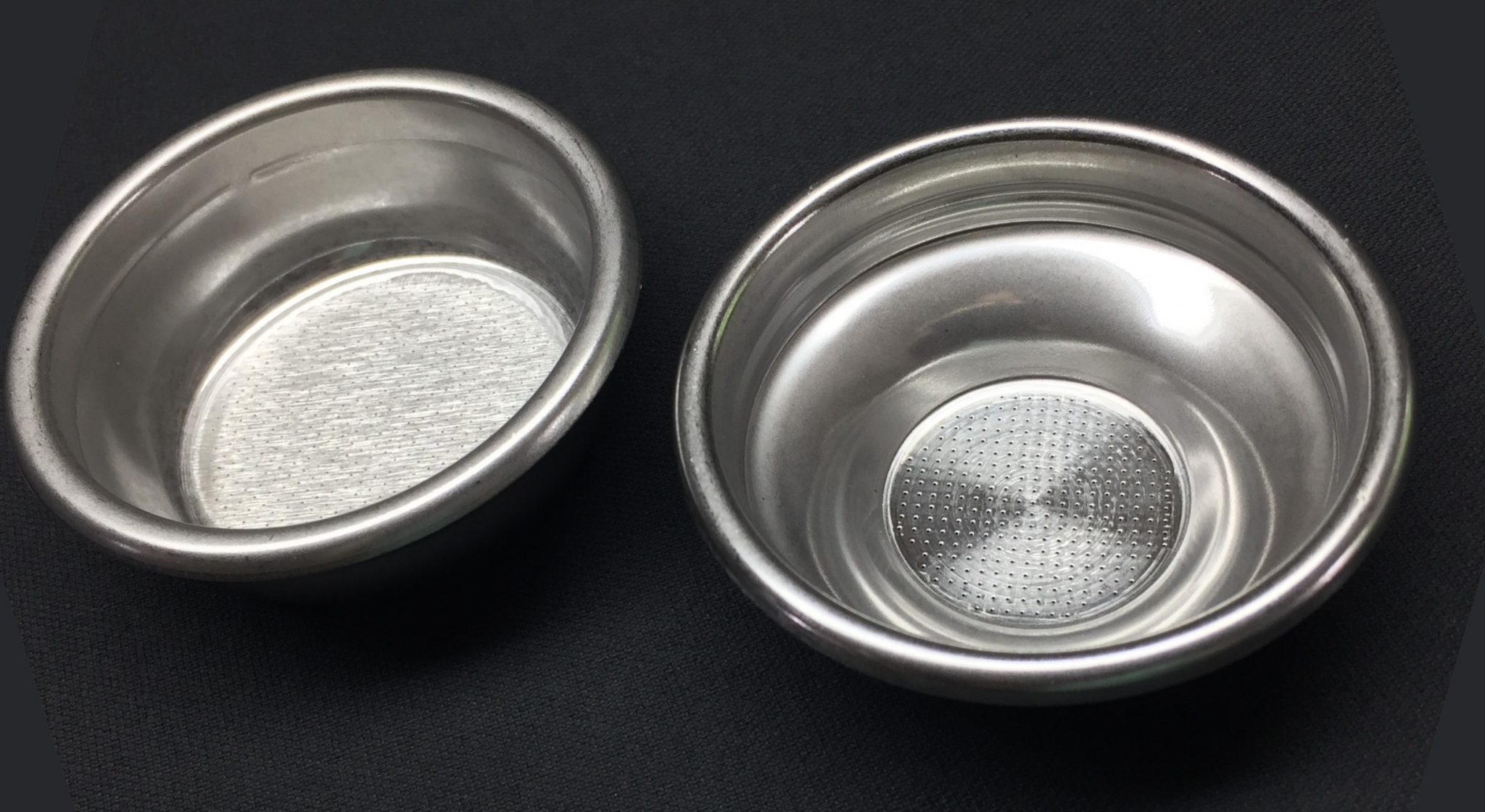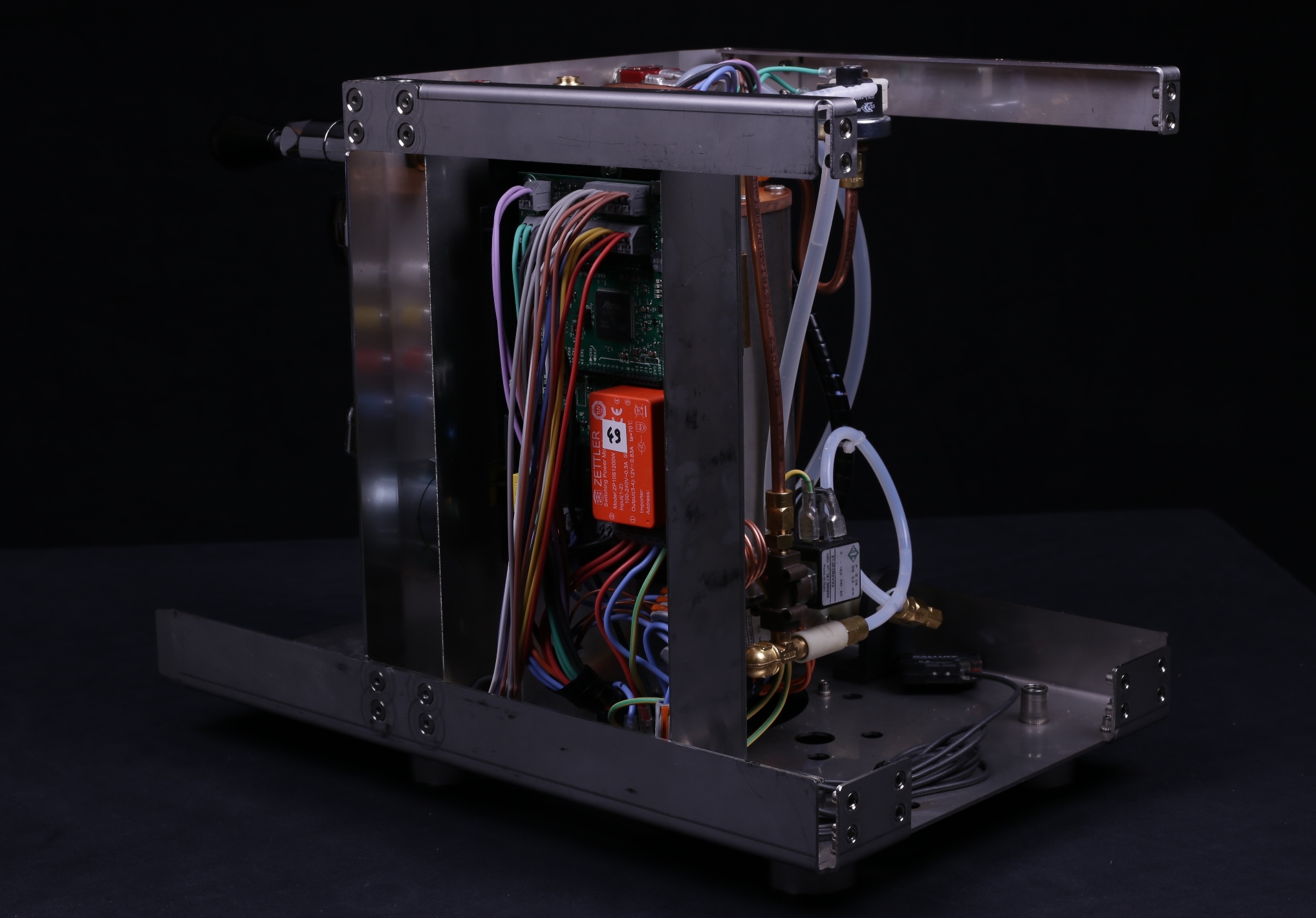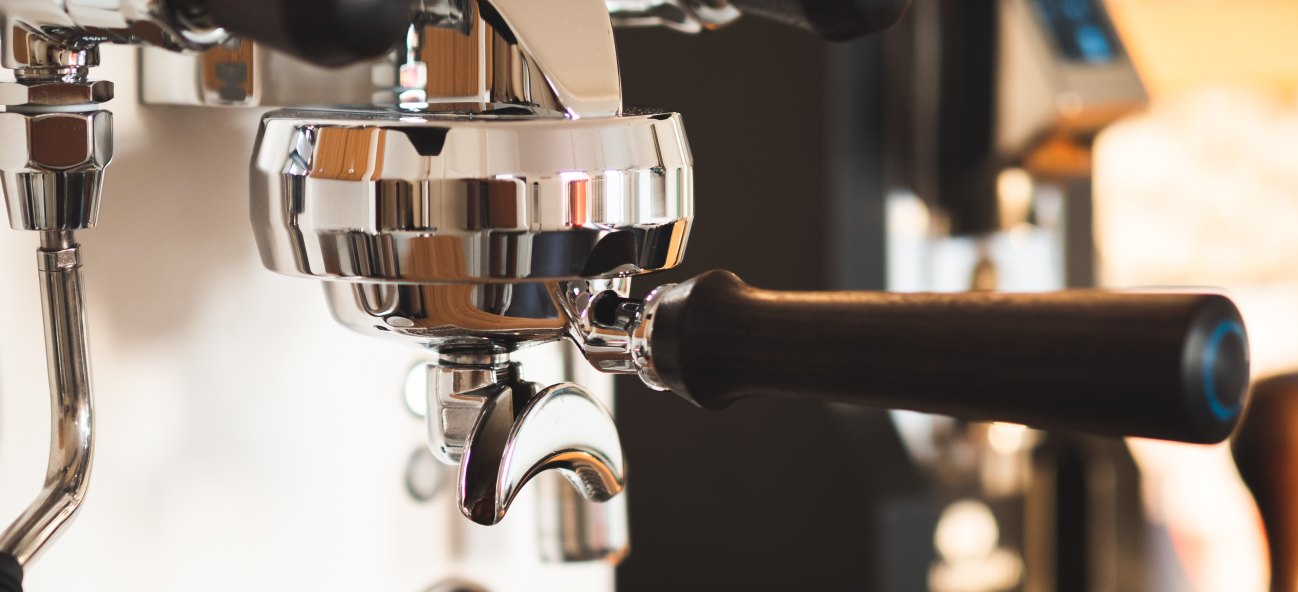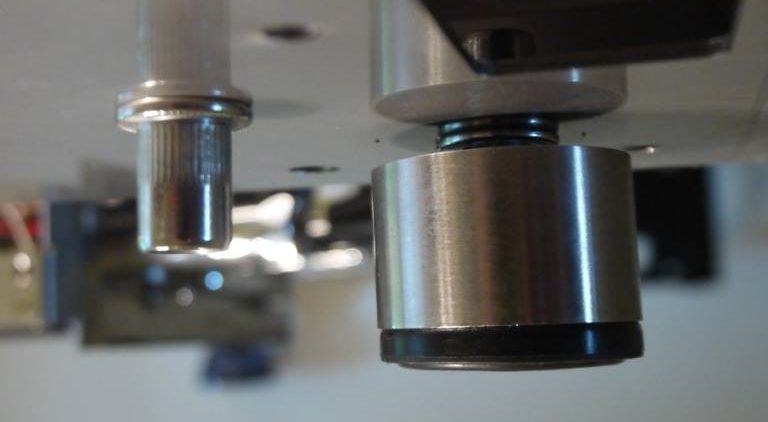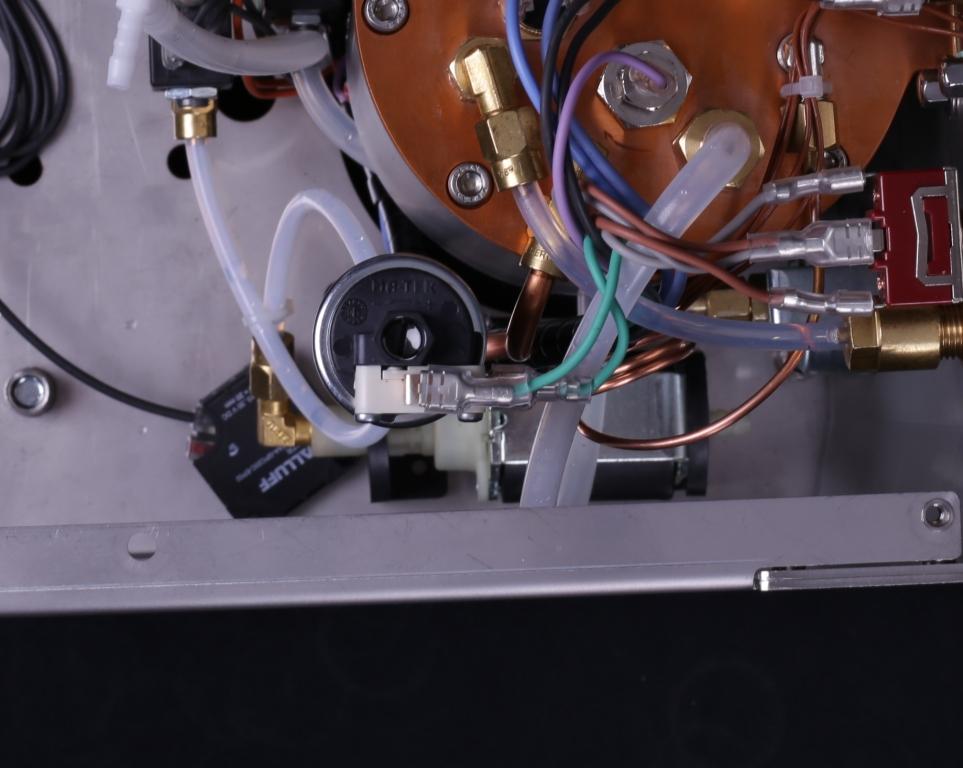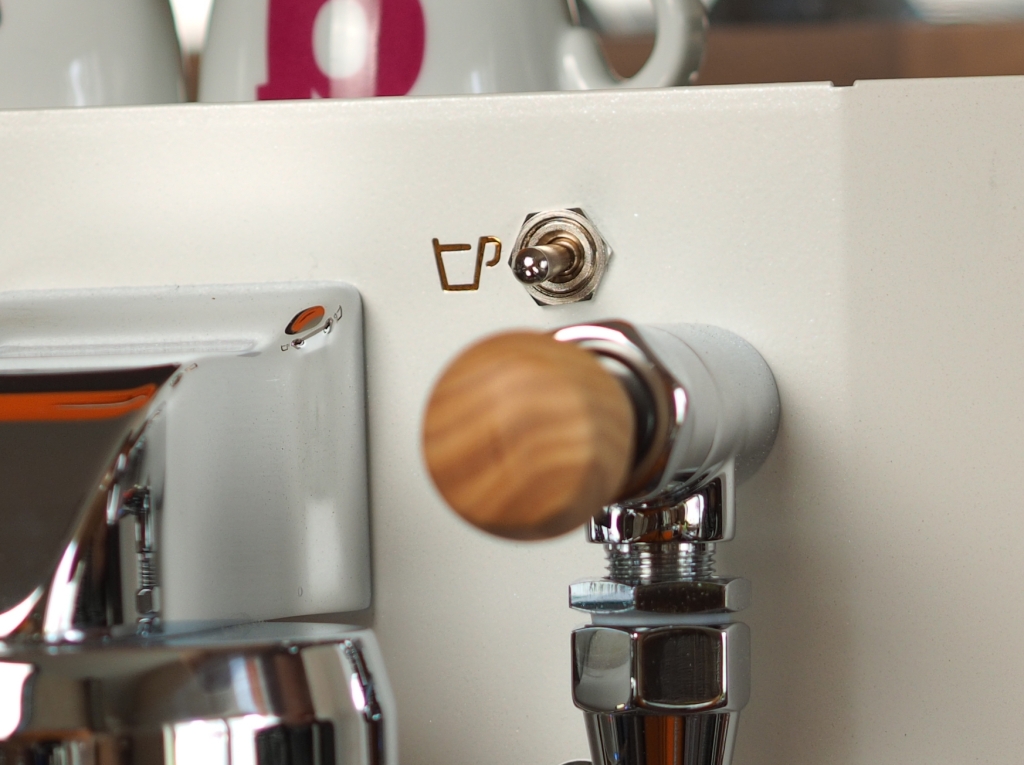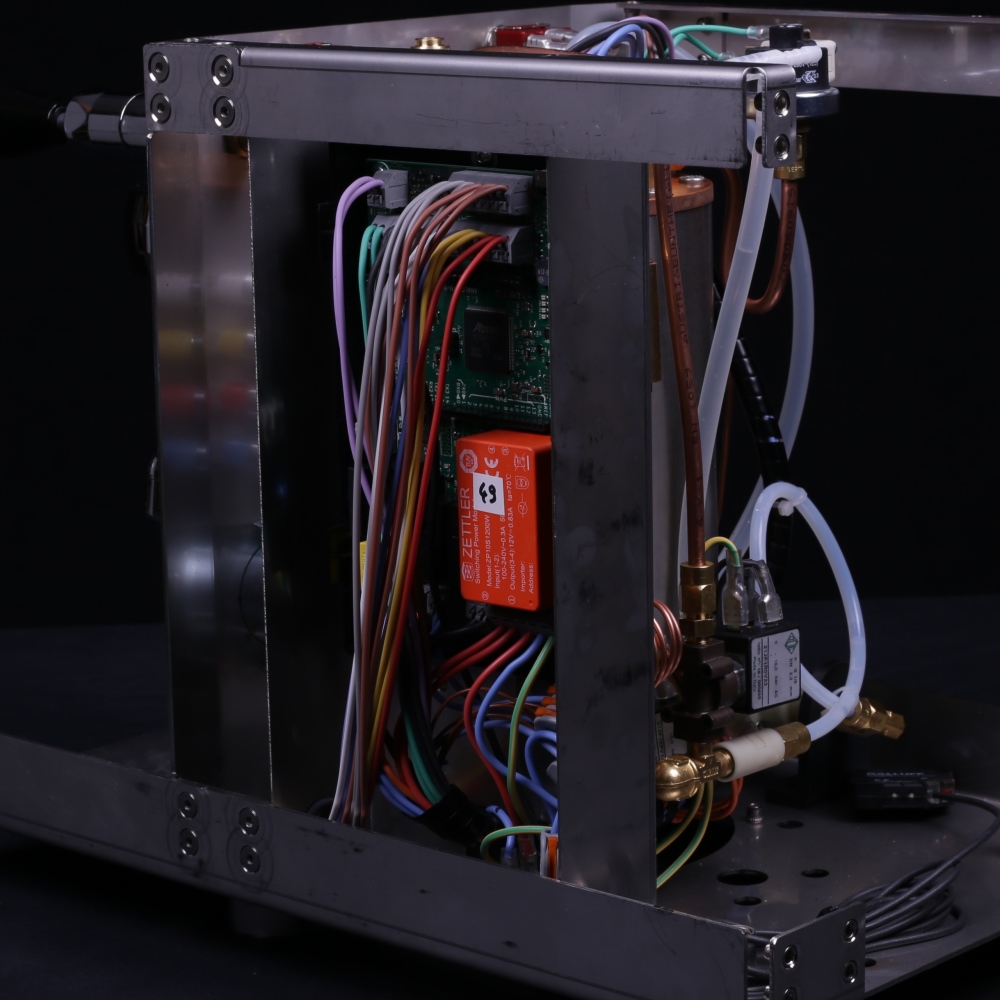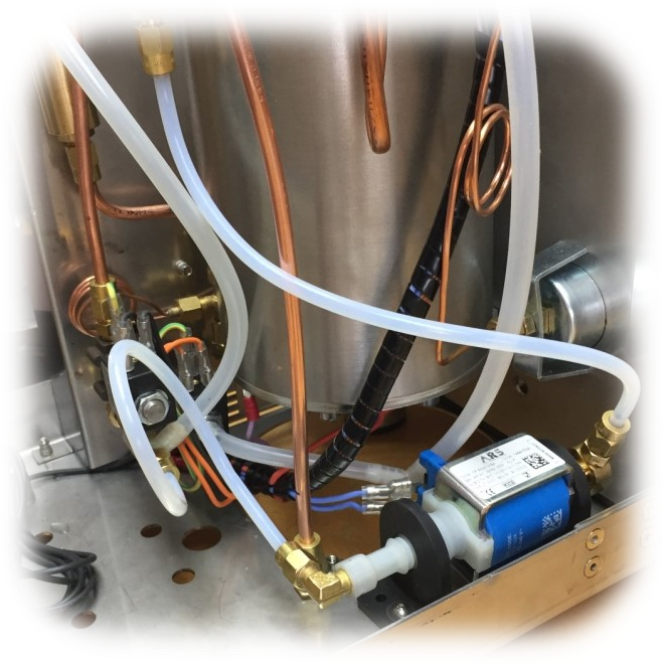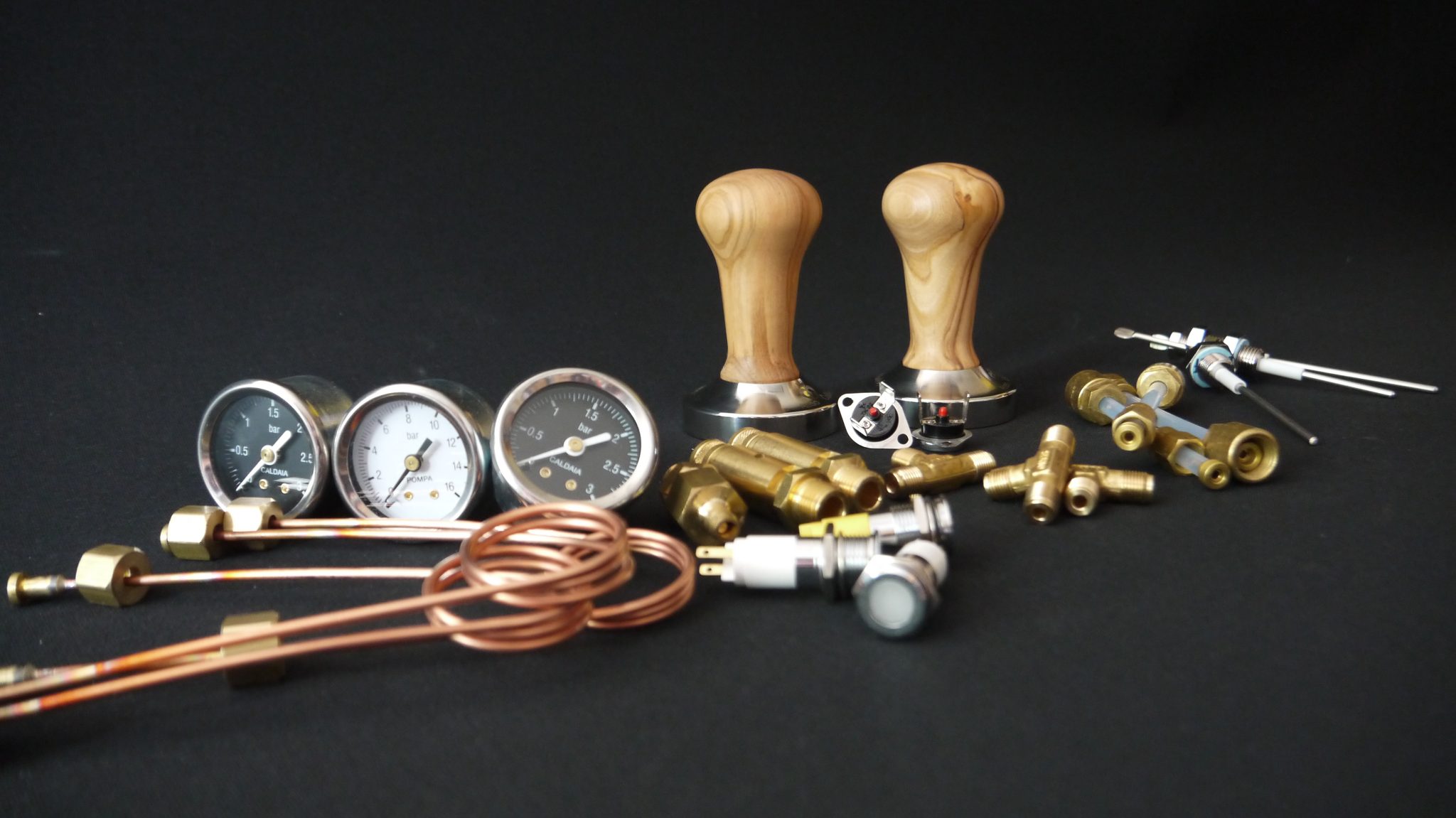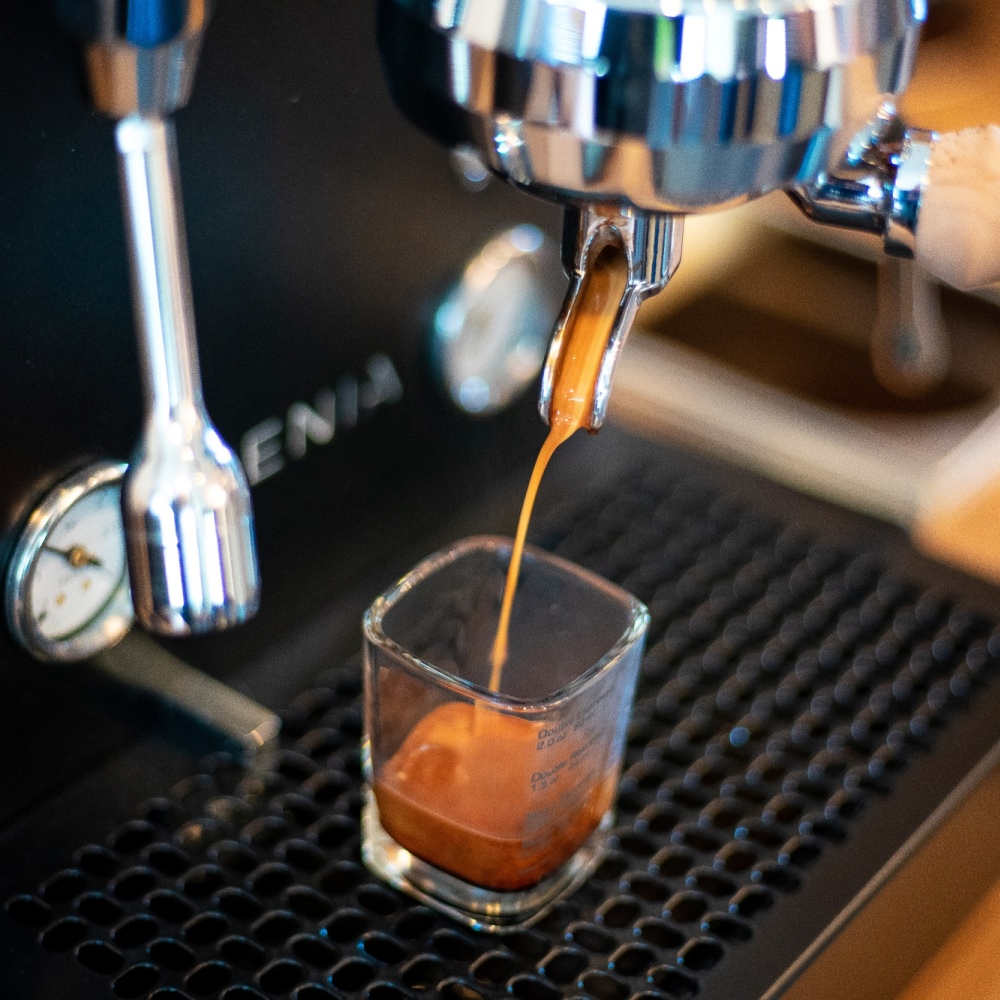
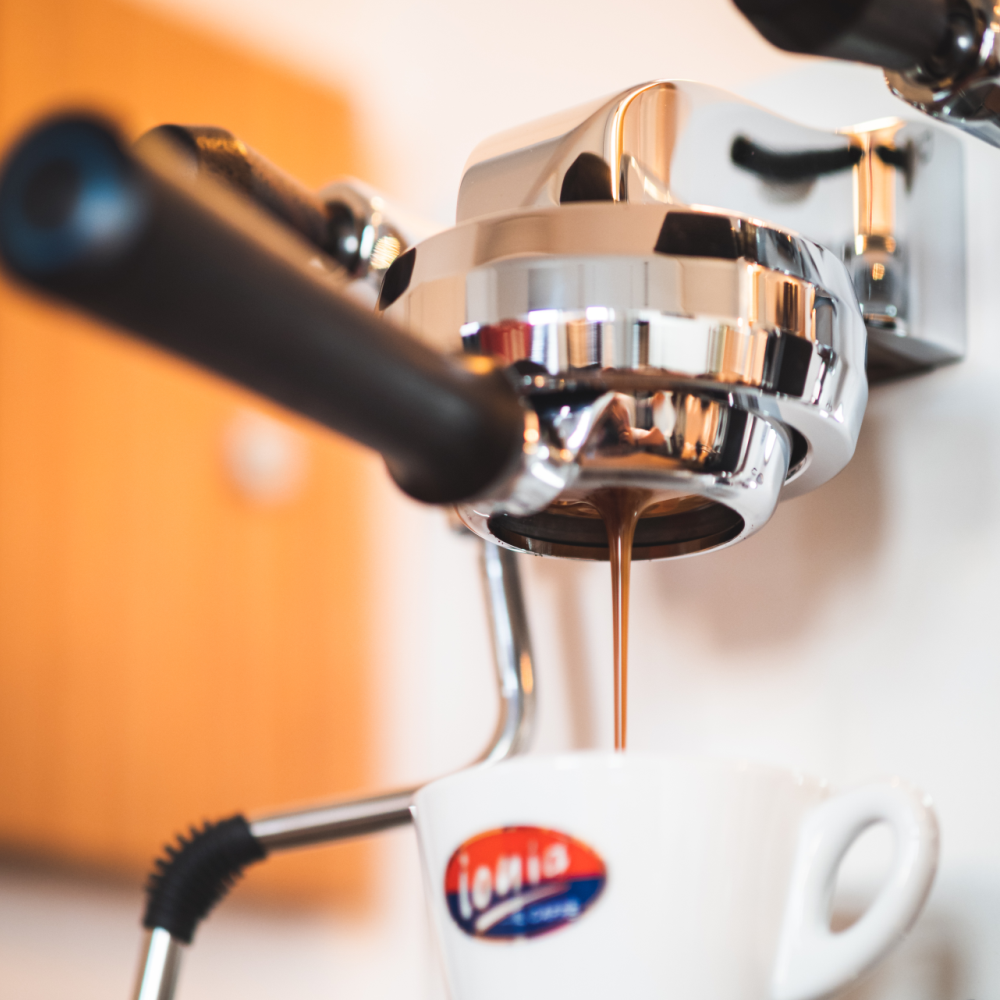
We did not use a pre-infusion chamber when designing the brew group for various reasons.
Pre-infusion is a sensible measure to obtain extractions of more or less constant quality, although this also depends on other factors. Espresso extractions with light types of coffee—with and without pre-infusion—will always flow more unevenly than extractions with classically roasted beans. You can see this very nicely when using a bottomless portafilter.
Many machines use a chamber for pre-infusion in which, in principle, the water first collects in order to soak the ground coffee (puck), which then swells and is therefore less susceptible to the formation of channels (so-called channeling).
However, we have designed the Xenia in such a way that there is a very slow and even pressure build-up (approx. 10 seconds until the full pressure is applied). This gives the coffee grounds time to swell and the pre-infusion chamber can be completely omitted.
This is achieved through the choice of the pump and a flow reduction in the water circuit for the espresso extraction. This prevents the water from penetrating the ground coffee unhindered at full pressure, causing channels that result in a thin and poorly extracted espresso.
The diffuser has a supporting effect, dividing the water into 16 channels in front of the shower screen, which are arranged according to a carefully thought-out pattern.
Explained in more detail
[1] Pump —> Brew Group
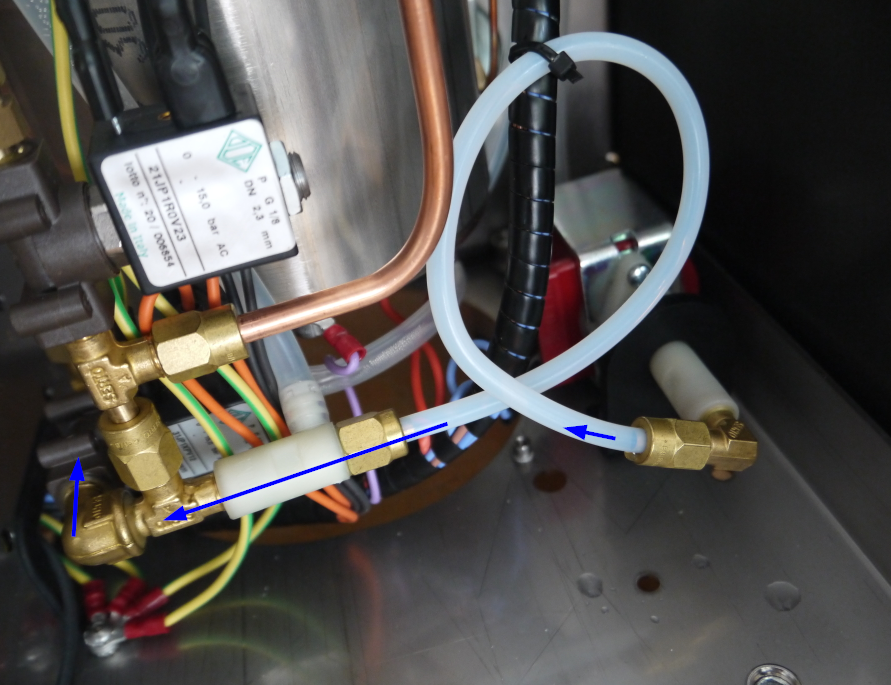
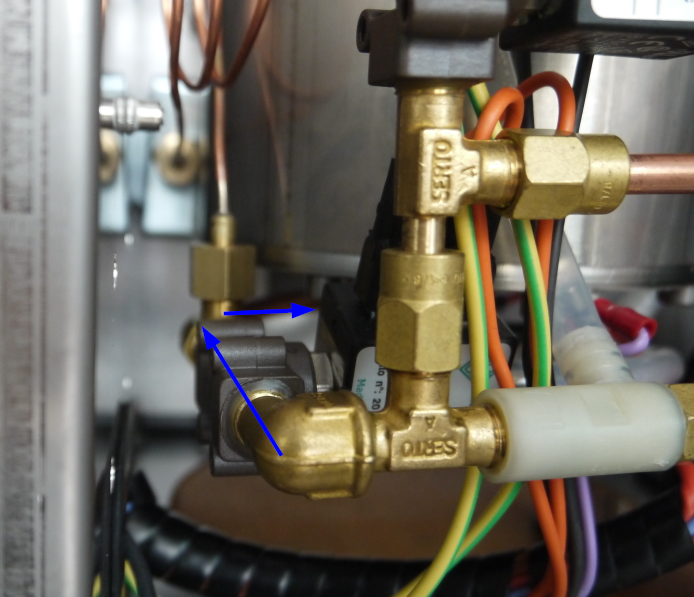
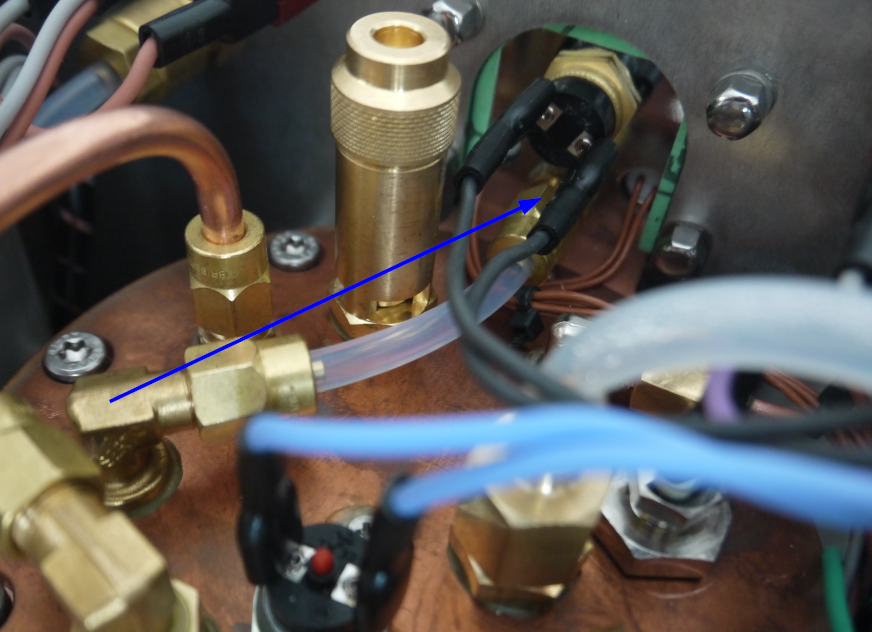
In principle, this section only consists of pipes and hoses with an inner diameter of 4 mm. The only special features are: A valve that clears the way to the group and an expansion valve that limits the pressure to 10 bar (the pump delivers up to 19 bar).
[2] Brew Group —> Ground Coffee
Here we have given some thought to how we manage the water in the brew group.
In the group there is a channel with a diameter of 5 mm which, after approx. 80 mm, bends down into the round portafilter holder.
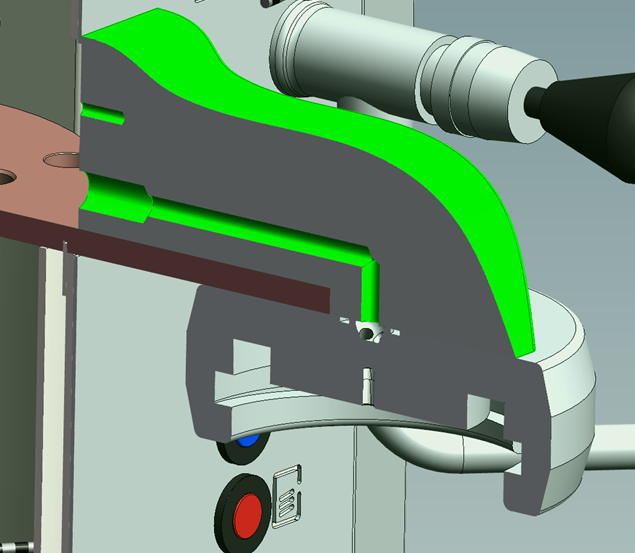
So that the water cannot rush through this channel unchecked, the cross-section of this waterway has been reduced from 5 mm to 1 mm. This is what the so-called turbulator (a spiral) does.
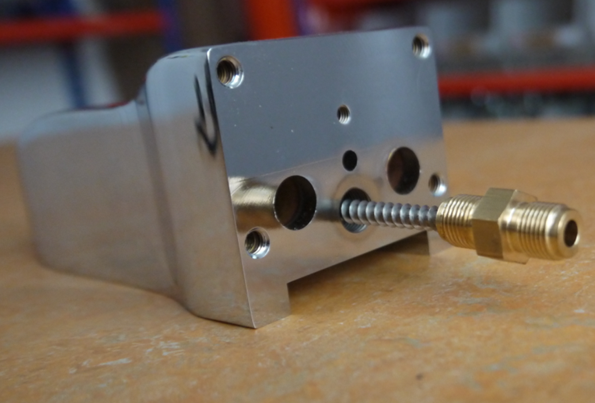
In addition, the turbulator stabilises the temperature in the brewing water. We determined this in tests and measurements and this technology has proven itself well.
The water comes out in the middle:
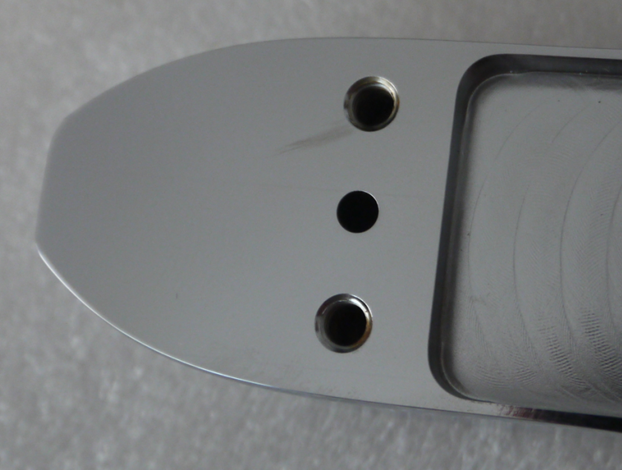
... and merges with the portafilter holder. It has a small recess with 4 channels leading down to which the water is divided.
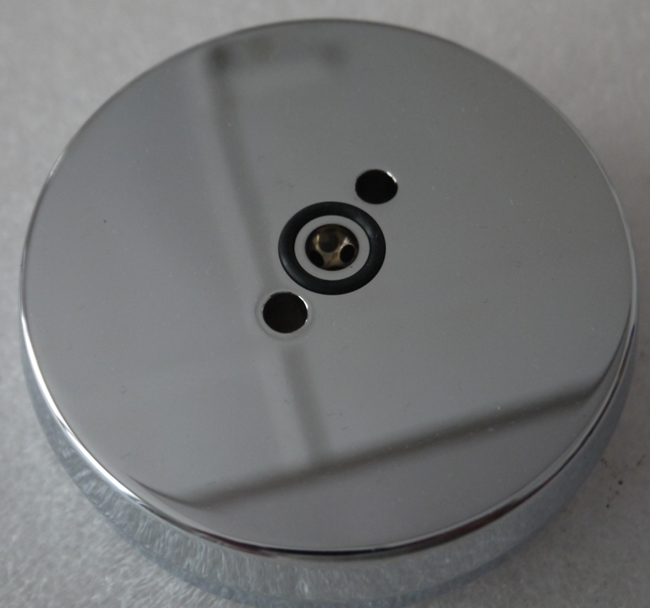
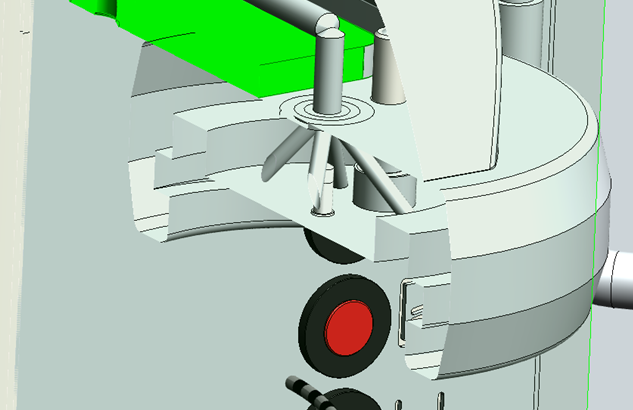
This is how it looks from below:
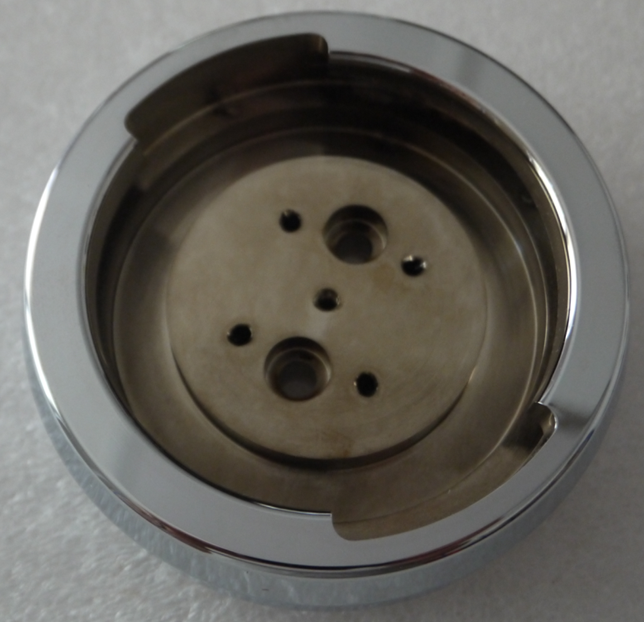
The water from these 4 holes is absorbed by the diffuser.
The diffuser is a stainless steel plate that is shaped on one side to match the curvature of the shower screen. Our tests have shown that this is the ideal shape.
